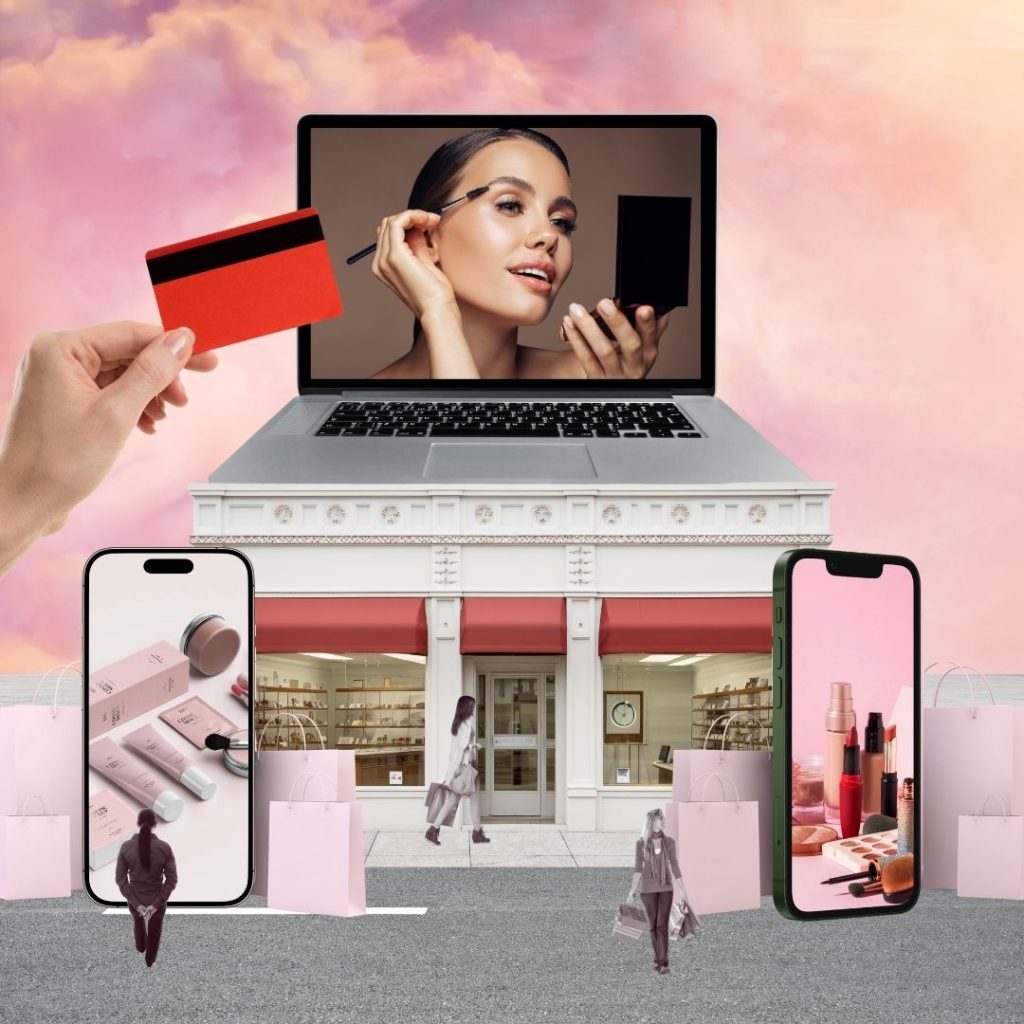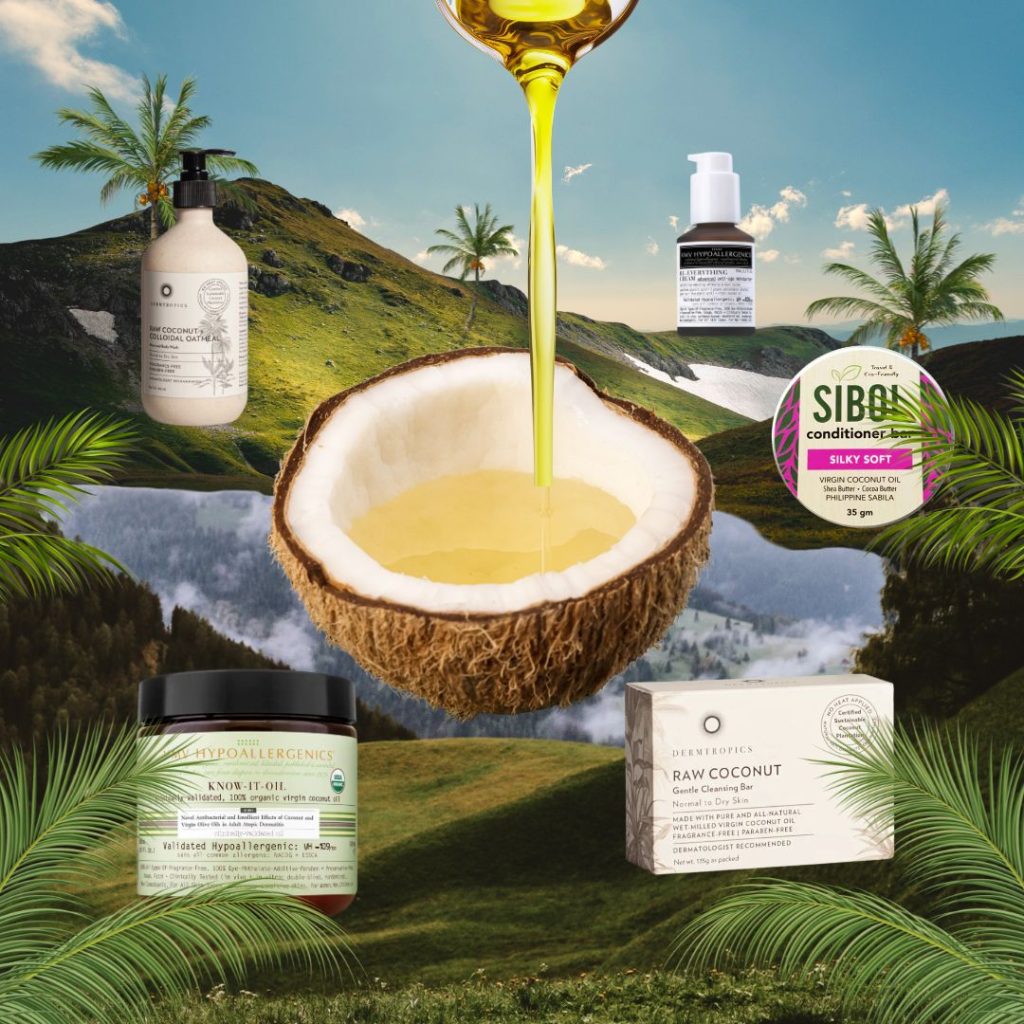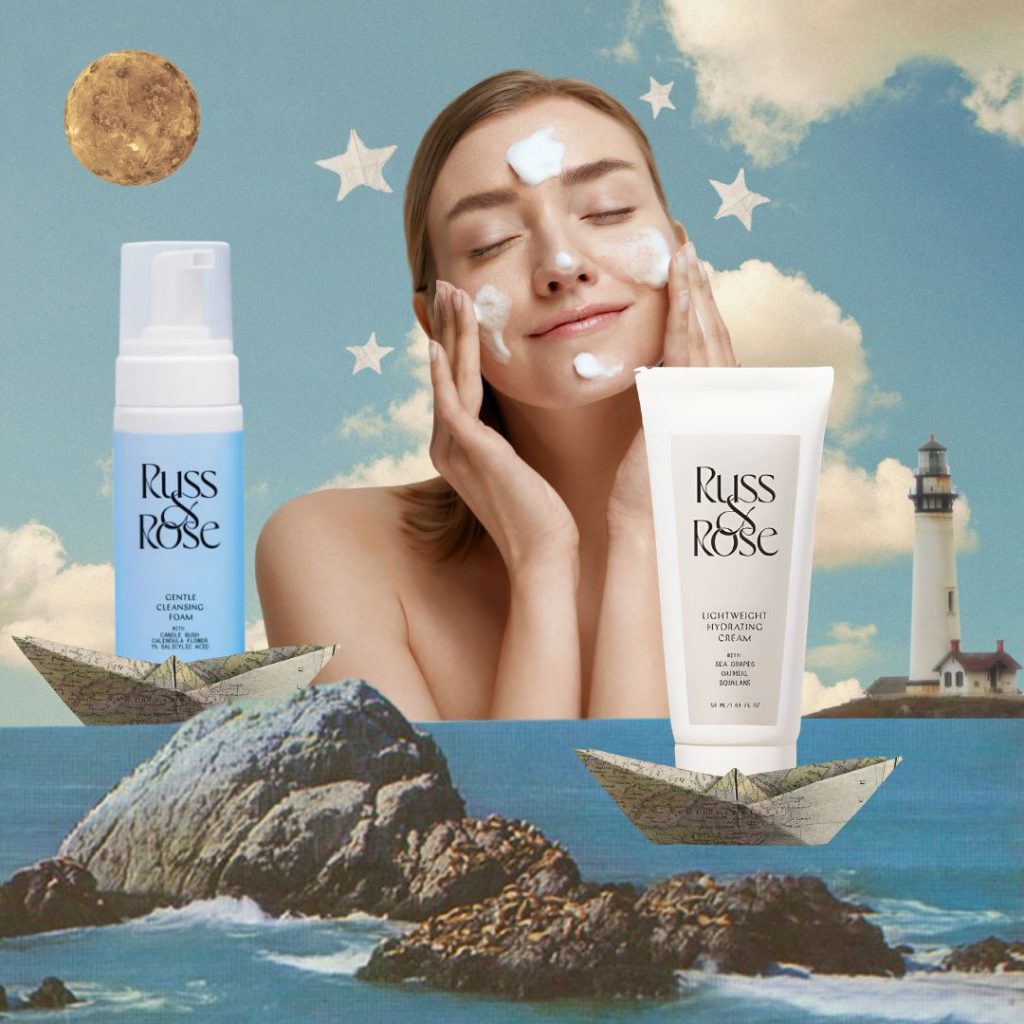The beauty scene is booming like never before. Global market revenues are forecasted to exceed USD $650 billion by year’s end, with consumers constantly restocking their skincare must-haves (40 percent) or trying out new trending products.
In the Philippines, rising disposable income and increasing beauty consciousness are fueling this momentum. Market research firm IMARC Group reported that the country’s cosmetic market reached $1.83 billion in 2024, while the broader beauty and personal care segment generated $6.37 billion in the same year.
But those numbers don’t reveal how beauty buyers actually shop. With more people turning to the convenience of online shopping, brands and retailers need to be everywhere their shoppers are—online, offline, and in between.
The Art of Meeting Customers Everywhere
Defined as “selling and transacting across many channels,” an omnichannel strategy gives buyers a seamless shopping experience—whether they prefer to browse in a physical store, visit an e-commerce site, or scroll through a brand’s social media account.
Regardless of the touchpoint, the brand or retailer must offer customers a smooth, customized interaction where their preferences and data are recognized across platforms. Consistency, convenience, and personalization help make the buyer’s journey a seamless, high-quality experience.
One brand leaning into the omnichannel strategy is Watsons Philippines, which carries both local and international beauty brands across 1,164 stores nationwide. When its flagship store, a.k.a. the biggest Watsons in the country—and also the 1,000th store—opened in 2023 at The Block in SM North, it offered offline and online (O+O) experiences and services such as Online Express, Click & Collect Express, and Skinfie Lab (a virtual makeup and skin analysis service).
Dominic Lai, Group Managing Director of AS Watson Group, said, “[The flagship store is] a clear demonstration of Watsons’ determination to strengthen our connection with customers via seamless O+O platforms. O+O platform strategy is at the core of our business to create an integrated experience, to better serve customers anytime, anywhere.”
Fast-forward to 2024. Multiple Watsons activations engaged shoppers both on-ground and online. Over 300,000 lipsticks were sold at the Lippie Lovers Sale. Beauty Con saw a 119 percent sales achievement through buy one-take one deals and huge discounts. The “Find It at Watsons” digital campaign reached over 67 million people and drove 340,000 new app downloads.
Similarly, BeautyBox Corp—the official distributor of Japanese favorites like K-Palette, Cure Natural Aqua Gel, and Kracie—understands the importance of consistent product and promo visibility across all channels. Offline, they’re in Beauty Bar, Rustan’s, SM Beauty, and Watsons; online, they maintain a strong presence on Lazada, Shopee, TikTok Shop, and their own e-commerce site. President Cheryl Tan Chua shared, “Omnichannel is key in our cosmetics and personal care business, letting shoppers move easily between online, in-store, and social. We run regular promos across both platforms, backed by marketing push from our socials.”
“The reality is consumers may discover a brand or product on social media or in a store. There are so many entry points. How do you make sure that you retain them through the journey?”—Estée Lauder CEO Stéphane de La Faverie
Dive Into Digital
Brands have come to realize that integrating digital efforts is essential to retail survival. Even global beauty giant Estée Lauder, which has been slow to embrace e‑commerce and platforms, is now making a major digital shift under new leadership. CEO Stéphane de La Faverie revealed, “The reality is consumers may discover a brand or product on social media or in a store. There are so many entry points. How do you make sure that you retain them through the journey?”
Estée Lauder’s “Beauty Reimagined” strategy hopes to blend digital and brick-and-mortar retail experiences to reverse years of sales decline and attract younger, digitally savvy shoppers. Artificial intelligence (AI) is a major component of this strategy. Through AI, they aim to recommend complementary products to consumers and mine consumer data and online buzz for trend insights.
Rhode Beauty, a skincare brand launched by Hailey Bieber, built a strong digital presence just three years after its launch. Focused on direct-to-consumer selling and social-led storytelling, it earned $212 million in net sales by March 2025. Much of its momentum comes from employing a mix of strategies: using influencer and viral marketing to drive buzz, launching new products in fresh, out-of-the-box ways, and collaborating strategically with creators and partners.
Build Your Community
Prior to launching Rhode, Bieber had already cultivated a loyal online audience. She was known for sharing her aspirational beauty routines on TikTok and introducing viral trends like the now-iconic “glazed donut skin.” Bieber’s influence gave the brand a head start, but what kept many coming back was Rhode’s focus on simple formulations and their “clean girl” aesthetic. This philosophy is seen from their minimalist packaging to their moodboard-worthy social media content.
In the Philippines, ISSY Cosmetics has become a cult favorite among Filipino Gen Z shoppers by championing inclusivity and representation. The brand’s Creative Director, Joel Martin Andrade, shared, “The biggest inspiration behind ISSY is the lack of diversity in the local market when we started in beauty. Five years ago, in 2019, beauty was so limited. There was such a lack of options, a lack of inclusivity. When we had the chance to create our brand, we said we would change this all. We are going to give people options, their shades, and something to be proud of locally.”
From 2022 to 2023, ISSY experienced an 800 percent growth by tapping into TikTok Shop—then still in its beta testing phase.
According to the brand’s Sales Director Allyson Andrade, “TikTok Shop is such a unique platform… [It] helps brands like us build a community and, at the same time, grow the business because the customer and seller experience is very seamless. From discovery to purchase, it’s all possible in one app.” Notably, livestreaming accounted for roughly 50 percent of the brand’s sales, underlining the effectiveness of real-time engagement with buyers.
Craft Full On-Site Experiences
Though Gen Z shoppers love to purchase beauty products via TikTok Shop and Shopee Live, there’s still a loyal demographic that craves in-person discovery and testing. For brands and retailers keen to adapt the omnichannel strategy, both markets should not be neglected. QR codes can be offered in-store so buyers can use their mobile phones to check out user-generated product reviews or find discount coupons and new offers. Brands can also offer online purchases that can be picked up at the nearest store.
In response to growing demand, ISSY made the leap from selling on digital e-commerce platforms (such as Shopee and Lazada) to the physical realm. They started off with kiosks found within SM Store beauty sections, then opened their first standalone flagship store at One Ayala in early 2024. Dubbed “Space ISSY,” the immersive store’s futuristic décor and compact merchandise display mirrored ISSY’s Instagram feed—further reinforcing brand consistency across their platforms.
Then there’s Sunnies Face, a local brand that was born out of lifestyle retail (Sunnies Studios) and has integrated beauty into that ecosystem seamlessly. Known for its clean branding and minimalist packaging, Sunnies Face doesn’t just live online—it’s very much a physical experience now operating in 17 stores and multiple kiosks across the Philippines.
While Sunnies Face keeps its look and feel consistent across channels, what sets it apart is how naturally it connects digital discovery with in-store experience. You’ll spot the same bestsellers promoted on Instagram sitting on soft-lit display shelves in stores built for browsing and selfies.
Abroad, Glossier’s flagship store, on the other hand, draws inspiration from the Big Apple. From reimagined New York subway stations to artist lofts, the Soho store encourages visitors to linger by having Instagrammable spaces with a mix of diffuse, direct, and ambient lighting. Exclusive merchandise and limited-edition items also make it a must-stop destination for Glossier fans.
Kyle Leahy, Glossier CEO, shared their stores’ winning formula with Forbes. “Our stores are just one part of our omnichannel strategy, but they’re incredibly important, both as a key element of our differentiated customer experience and a profitable growth channel for us… Our stores’ people-first approach to beauty, and attention to community and exploration, will resonate with shoppers deeply who are looking for a sense of connection with the brands they’re giving time and money to.”
Pop-up stores also help in expanding a beauty brand’s reach. Both Glossier and Rhode experienced success through unique, experiential installations they’ve set up outside the country. Glossier’s exclusive Paris pop-up for their You Fleur fragrance generated lots of buzz due to their petal-filled interactive displays, on-the-spot bottle engraving, and AI-generated poems.
Meanwhile, Rhode’s limited four-day London pop-up had supporters, or Rhode Girlies, queuing up for close to seven hours in the unforgiving weather for a chance to buy new releases and snag exclusive freebies. It’s no surprise that both events fueled massive user-generated content and viral videos—proving that well-thought-out executions can reinforce a brand’s image while creating a deeper connection with customers.
The Challenges Ahead
Today, beauty brands and retailers have to work even harder to meet rising customer expectations. Consistency (in pricing, offers, and service across platforms) and convenience (through same-day delivery, in-store pickup, and mobile-first navigation) are musts. Whether through physical shelf trial or social content, discovery has to be considered part of the sales funnel and not a separate phase.
However, the reality is that not every brand has the resources to unify all the moving parts—operations, tech infrastructure, and storytelling—into one seamless strategy. Some are still working on getting their products right, while others are focused on building their customer base. Shifting beauty trends as well as evolving tech habits also add to the mounting pressure. Sometimes, the problem isn’t about knowing what needs to be done. It’s about finding the people, tools, and time to make it all work together.
Omnichannel isn’t just a strategy anymore; it’s the new standard. As beauty shoppers demand more seamless experiences across platforms, the brands that deliver with consistency, creativity, and clarity will be the ones that truly stand out.




